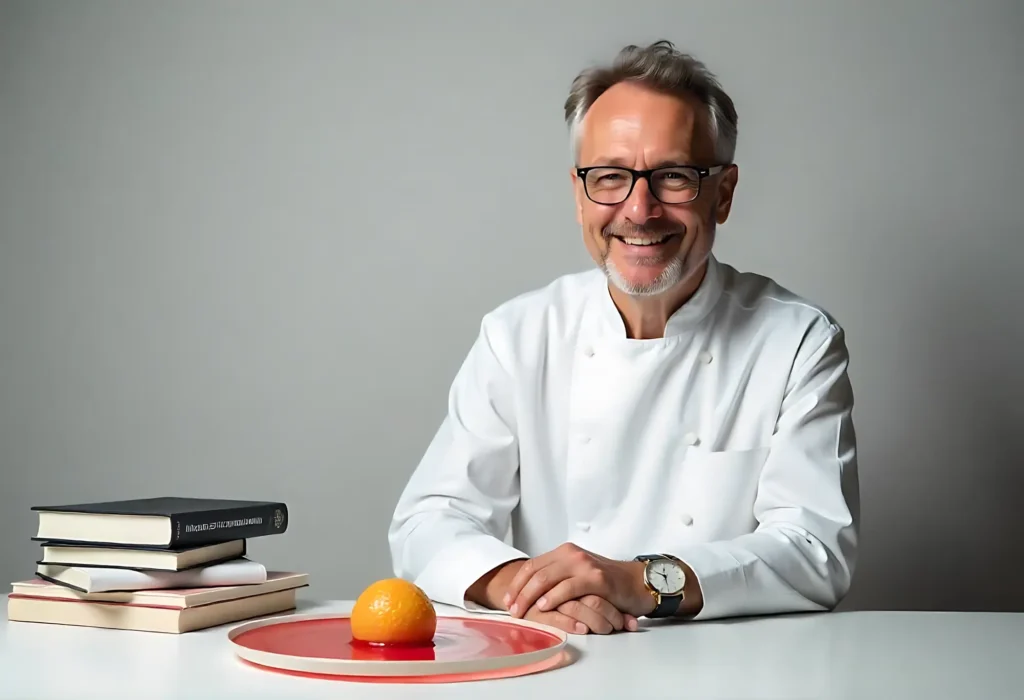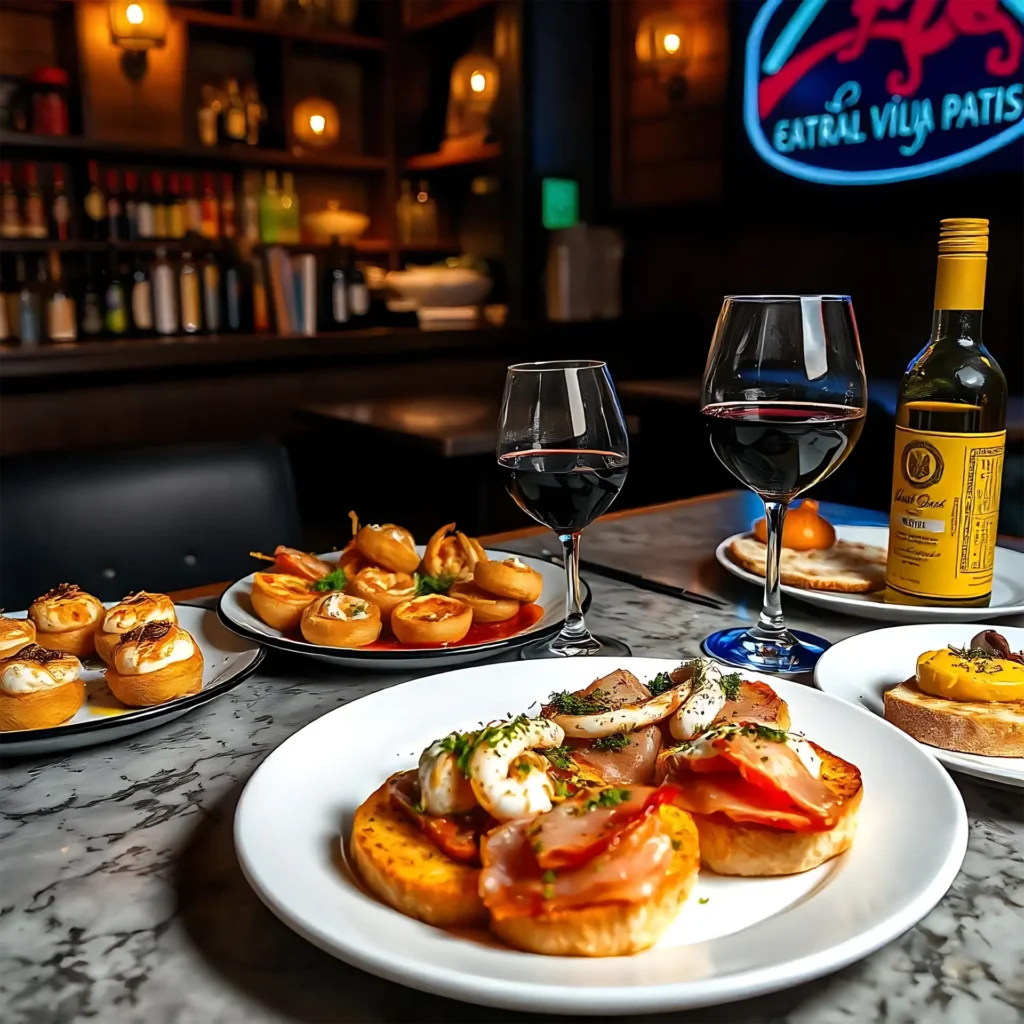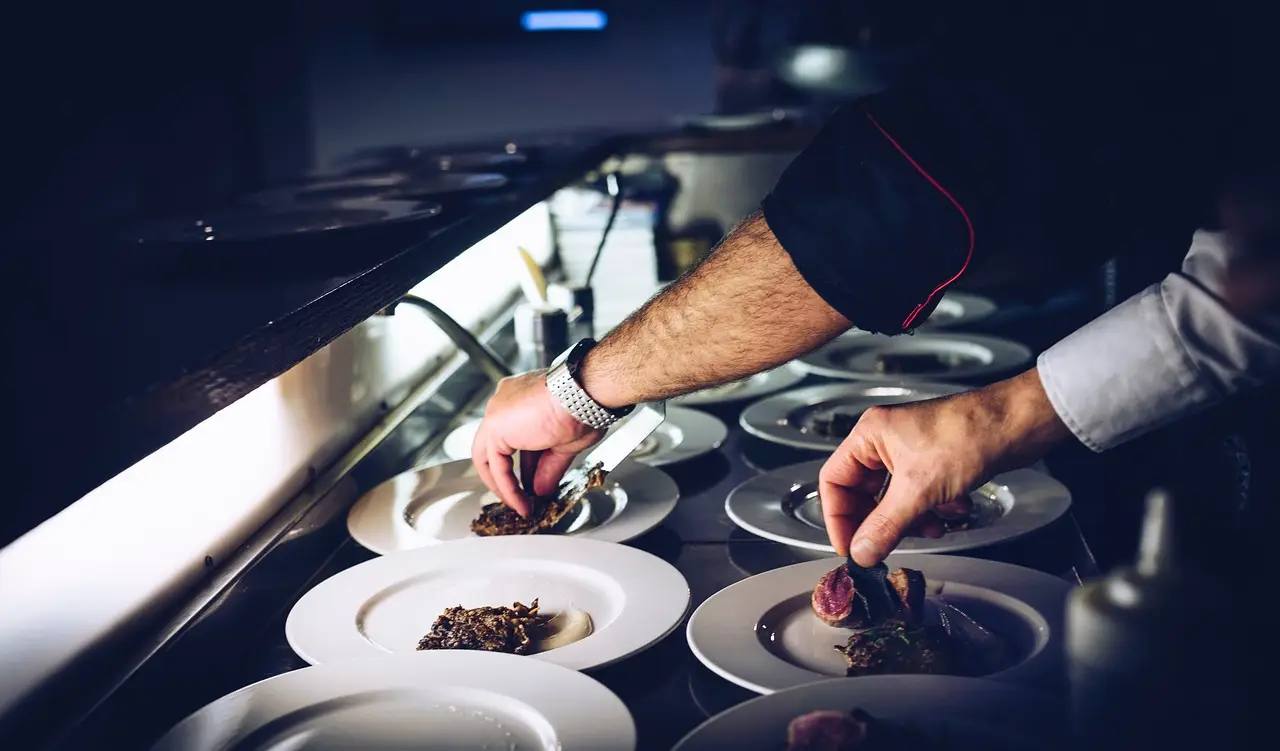The molecular gastronomy it has revolutionized the culinary world, taking science to the kitchen and defying the boundaries of creativity and technology. At the heart of this ground-breaking move is a name that resonates with force: Hervé This. This scientist and as a French chef has been recognized as the father of molecular gastronomy, thanks to his pioneering research and his scientific approach towards the kitchen.
In this article, we will explore the life and legacy of Hervé This, their contribution to the kitchen moderna and how their discoveries have transformed the way in which we understand and experience the food.
Who is Hervé This? A Man of Science, and Flavor
Hervé This was born in 1955 in France and throughout his career, he has managed to combine the science with the kitchen in a unique way. His training as a physicist and his passion for gastronomy and what led to the development of molecular gastronomy, an interdisciplinary field that studies the physical and chemical processes that occur during the preparation of the food.
Throughout his career, This has focused on understanding the science behind the reactions culinary. His research is based on unraveling how the ingredients interact with each other at the molecular level and how these interactions affect the taste, texture and appearance of foods.
To do this, This has worked alongside renowned chefs and scientists, developing innovative techniques that have left an indelible mark on the contemporary kitchen.
Science in the Service of the Kitchen: A Revolutionary Approach
Molecular gastronomy is not simply a cooking technique; it is an approach based on the exact scienceexamines the basic components of food and how its properties can be altered to create culinary experiences extraordinary. Hervé This introduced fundamental concepts that have transformed the kitchen, as the importance of the temperature and the pH in the preparation of the dishes.
One of the discoveries most well-known of This is the use of the gelation, a process that allows you to transform liquids into gels using substances such as agar-agar or gelatin. This discovery has not only been key to the creation of innovative dishes, but it has also given way to new textures and new ways of presenting food.
Gelation has been used in everything from the famous "spherification" of molecular cuisine to innovative desserts that defy the traditional way in which we think about food.
The Spherification: One of the Great Innovations of Hervé This
One of the contributions most well-known of Hervé This to the kitchen moderna is the spherification. This technique allows you to encapsulate liquid membrane into a solid, creating small spheres that explode in the mouth to be bitten. Although the spherification was popularized by Ferran Adrià and his team in the restaurant El Bulliwas Hervé This, who, along with Nicolas Kurtideveloped the scientific basis of this technique.
The spherification is based on the use of algae such as agar-agar or xanthan gum to create a film that involves a liquid. This technique has been applied creatively in a wide range of dishes, from cocktails to caviar vegetable, changing our perception of what is possible in the kitchen.
The Impact of Hervé This in the Kitchen Moderna
The influence of Hervé This in the kitchen moderna not limited to the techniques of molecular gastronomy. His work has been crucial to change the way in which the chefs think about the ingredients and the cooking techniques. By focusing on the scientific principles of cooking, Hervé This has allowed the chefs to experiment with new ways of cooking and creating dishes that before only existed in the imagination.
In addition to his research techniques, Hervé This has been an advocate of the kitchen as art and as sensory experience. In his writings and lectures, he has underlined the importance of understanding the processes that occur in the kitchen to carry out culinary creations are innovative, but always with respect for the ingredients and traditional flavors.
The Main Achievements of Hervé This in the Molecular Gastronomy
1. The Study of the Chemical Reactions in the Kitchen
One of the pillars of molecular gastronomy is the detailed study of the chemical reactions that occur during the cooking of food. Hervé This has managed to explain, from a scientific point of view, how factors such as temperature, pressure and time affect the properties of the ingredients. This has allowed the chefs to better understand the behavior of the food, and to develop techniques more precise and effective.
2. The Creation of new Textures and New Flavors
The ability of Hervé This to transform the texture of the food has been crucial to the creation of innovative dishes. His work in the creation of new textures and flavors, through techniques such as the emulsification and the gelation, has given rise to a new way of understanding the kitchen, in which the texture and the taste are not only a consequence of the process of cooking, but a tool for culinary creativity.
3. The Concept of the "Culinary Cooking"
In their research, Hervé This has also addressed the distinction between the science of cooking and the culinary cooking. While the science of cooking focuses on the chemical and physical principles, the culinary cooking refers to the practical application of such knowledge. This concept has allowed the chefs to merge science and creativity, developing dishes that are not only delicious, but also have a solid scientific basis.
4. The Democratization of Knowledge Gourmet
One of the most significant contributions of Hervé This has been the democratization of knowledge about molecular gastronomy. Through his books, research and collaborations with chefs, has made accessible the techniques of molecular cuisine to a much wider audience. This has allowed more chefs to experiment with these techniques, bringing molecular gastronomy to kitchens all over the world.
Molecular Gastronomy in the Kitchen of the Future
Today, the molecular gastronomy remains an integral part of the kitchen moderna, and the legacy of Hervé This is evident in the way in which the chefs deal with the creation of new dishes. Techniques such as esferificación, gelation and emulsification have been integrated into the gourmet kitchen, and its impact extends beyond the high-end restaurants.
The future of molecular gastronomy seems to be promising. With the continuous advancement of science, it is likely that the emergence of new techniques that allow a greater precision and control over the ingredients. The influence of Hervé This will last, a guide to the future generations of chefs to a kitchen more scientific and creative.
Conclusion: The Legacy of Hervé This
Hervé This has left an indelible mark on the gastronomy world. His scientific approach and his passion for the kitchen have opened up new possibilities for chefs and diners alike. By combining the science with the kitchen, has transformed the way we understand and experience the food, bringing the food to new horizons. His legacy lives on in each molecular technique that is used today and on each plate of innovation that challenges our perception of what is possible in the kitchen.
Molecular gastronomy, such as we know it today, would not exist without the vision and work of Hervé This. Its impact continues to live in kitchens all over the world, and their influence will continue to inspire chefs, scientists, and lovers of the kitchen in the next few decades.


